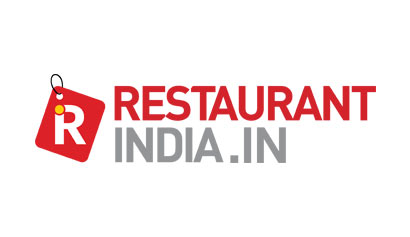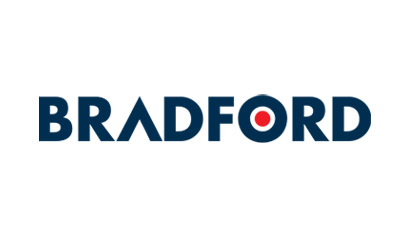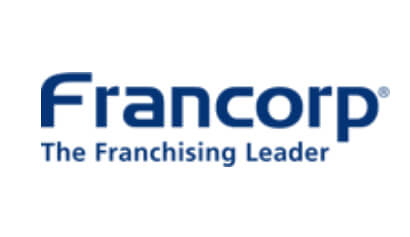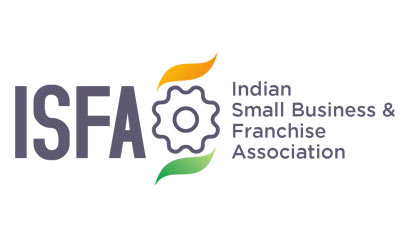To get access to over 10000+ Franchise Business Opportunities.
Network with the growing Business Community to get expert interventions to let you learn to Grow & Expand your Business with Franchising.
The kids wear market is expected to touch Rs 58K crore by 2014 driven by huge demand from brand conscious children, according to retail consultancy firm Technopak Advisors. With metros facing high rentals, tier II, III cities are the next target.
THE kids wear market in India is shaping up well. The demand is increasing and so does the presence of global kid's wear brands in India. Even premium brands such as Tommy Hilfiger, Allen Solly, Puma and Nike, are not far behind and are now including more kids' product and accessories. Though growing but a large segment of the kids wear market is still untapped, which means brighter prospects for many new players to infiltrate into the industry.
Business potential
After metros, smaller cities are also attracting brands due to their growing demand and profitability to franchisors. Says Ashwani Chawla, Chief Managing Director (CMD), Catmoss Retail Pvt. Ltd, “For us, tier II and III towns are contributing very good business and growing at a decent pace. The total market size of the branded kids wear market is estimated at Rs 4,000 crore per annum and we feel that the contribution of tier II and III towns should be around 35 per cent.”
Some years ago, the kids wear market in India was disorganised with local retailers serving the masses in back-alleys. After the entry of foreign players, family-owned stores, denim makers and casual apparel makers diversified into the kids wear to capture the market's share. In India, kids wear is largely retailed through multi-brand stores.
Fashion quotient
Franchising is playing a pivotal role in the kids wear segment. After brands like Catmoss, Mom & Me, Lilliput, Toonz Kids, Giny & Jony, Li'l Tomatoes and Ruff kids, other big brands also picked up franchising to rope in designated customer footfalls in their stores. Franchising works best in metros while in smaller cities, minimum guarantee is the preferred way. Talking about the business model, Chawla states, “In smaller towns, the rental value of the property is not too high. So we use pure franchisee model. Lock-in period is exercised not to bound anyone but to help both the parties take the business more seriously.”
Toonz Kids follows a COFO (company-owned, franchise operated) model with guaranteed annual returns. For this, it forges a three-year lock-in with its franchisees.
Fashioning expansion
After establishing themselves in metros and now facing high rentals and other problems, franchisors are targeting tier II and III cities/towns. Toonz Kids will be taking its store count from 44 to 100 by this calendar year. Says Rajni Kaur, Director, Franchise Operations, Toonz Retail India Pvt. Ltd, “We have conducted a market study and identified 200 locations in India (tier II, III), where Toonz stores should come up. We have a dedicated team to identify properties for stores and the finalisation process involves three-point study i.e. retail, finance and marketing.” On expanding their brand, K. Venkataraman, Chief Executive Officer, of Mahindra Retail P. Ltd, says, “The plans are to grow into 100-plus stores in 25-30 cities soon and the footprint would focus on major cities and select smaller towns first. The expansion into tier II and III cites would follow in 2012 and beyond.” Going ahead, Mom & Me might look at the franchise model.
The market of kids wear is certainly big but extremely disjointed with a large share stretched across India's hinterland. While entering the market, which is crowded with competition, one needs to keep a watch on every step. It is important for any new player to assess the market viability before planning any expansion.
Speed - breakers
Getting the right location in a reasonable price in the overly crowded markets of metro cities or malls is a challenge. According to Rajni Kaur, Director, Franchise Operations, Toonz Retail India Pvt. Ltd, “The major challenge faced by the franchisee is in updating the knowledge with respect to the merchandise, inventory control and knowledge of sales pattern. In case of Toonz, the franchisee will have to update his knowledge regarding various cartoon characters.”
Another challenge is to find the right workforce for overseeing the store operations. Informs Chawla, “The staff is appointed by the joint selection of franchisee and our area sales manager. We have a training module of nine days, in which we devote three days on each subject (product/VM, customer handing and ERP). The training is undertaken at our head office by the respective department team members.”
Commenting on the biggest differentiation in growing the brand and beating the competition, Venkataraman elucidates, “The business strategy of Mom & Me is highly customer-centric, from target identification to merchandising development to customer service in store to provision of allied services.”


Business Opportunities
Browse By Investment Range
Browse By States
Popular Cities
We value your privacy.
You can unsubscribe anytime















